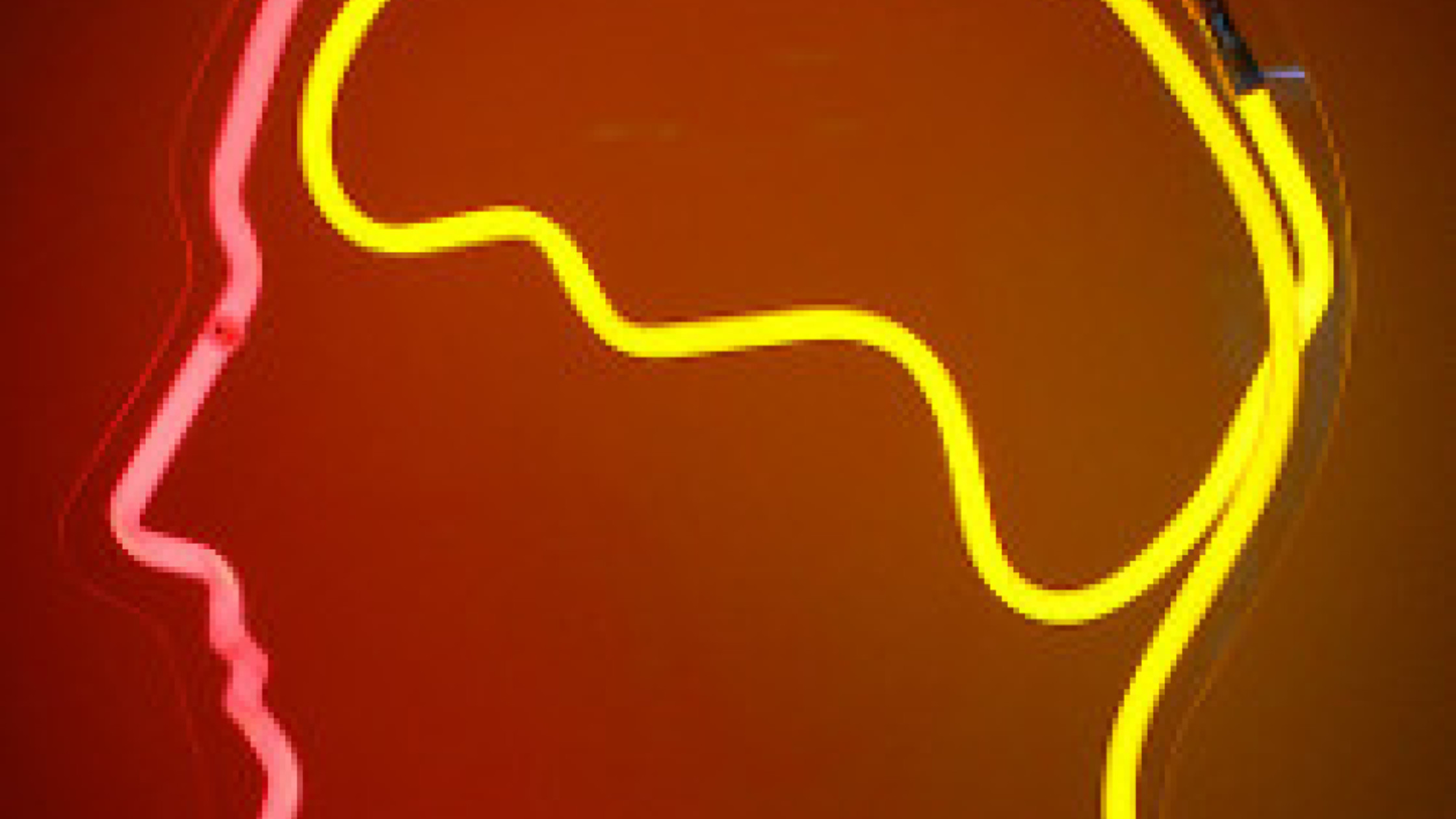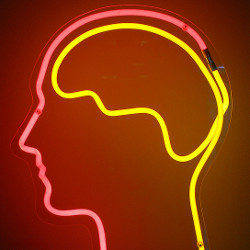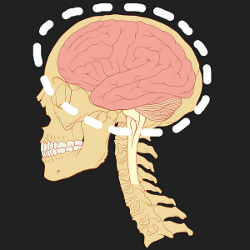The Mysteries of the Mind
I was in London recently and, pleasingly, was running a little ahead of schedule. I therefore spent a fascinating hour wandering around the latest exhibition in the Wellcome Trust building ‘Brains: Mind as Matter’*. The exhibition charts the history of humanity’s quest to understand and describe the brain, ‘the most complex entity in the known universe’.
In antiquity, apparently, the brain was considered a less useful organ than the heart and liver. However, by Roman times, the brain was believed to be the seat of the mind and the soul, and its activities were thought to occur in the ventricles, rather than the brain tissue itself. Interest in the brain grew throughout the Middle Ages, and for many centuries thereafter, having a large brain was considered an asset. Indeed, popular culture in the 18th century held that humans were different from animals as we evolved from a large-brained ancestor. The Piltdown remains, discovered in 1912, were purported to confirm this, but were later shown to be an elaborate hoax.
The importance of having a large brain continued to interest many in Victorian times and led to the practice of preserving the cerebral matter of particularly intelligent or villainous individuals to permit future study. The exhibition includes the preserved brain tissue of serial murderer William Burke and an influential American suffragist, Helen Hamilton Gardner, who argued that the female brain was not “demonstrably different from that of a man under the same conditions and with the same opportunities for development”. Charles Babbage who invented the first computer, also bequeathed his brain to permit further study.
Public interest in the brain prompted the birth of anthropometry, and the less useful pseudoscience of phrenology – the study of the contours and shape of the human skull to derive information about an individual’s personality and emotions. Despite the limitations of this approach, it introduced an important concept: that cerebral functions were localised to certain areas of the brain. Head measurements were also used to justify racial and gender-related stereotypes. There is a fascinating poster in the exhibition explaining that although women have smaller brains than men, many are just as intelligent and should not be refused the vote based on smaller head size alone.
I found this exhibition to be enjoyable and stimulating with many thought-provoking pieces from across the world. It is also an illuminating study of how medicine and science have tried to grapple with the inexplicable. The mixture of half-truths believed about brains throughout the centuries reminds me that our knowledge today, while hopefully more accurate, is still not infallible.
* More details can be found at www.wellcomecollection.org/Brains or from the book accompanying the exhibition – ‘Brains: the mind as matter’, Kwint M, Wingate R. Wellcome Collection, 2012.
http://www.guardian.co.uk/culture/2012/apr/13/mind-as-matter-brains-wellcome
http://www.reuters.com/article/2012/03/27/us-brains-exhibition-idUSBRE82Q0PT20120327


